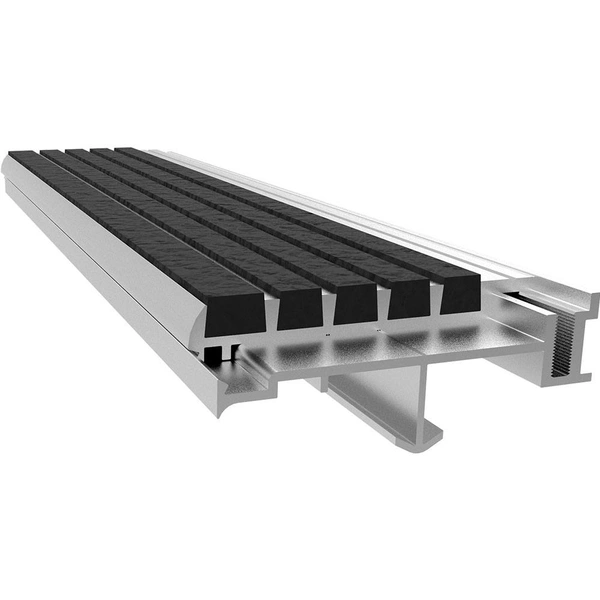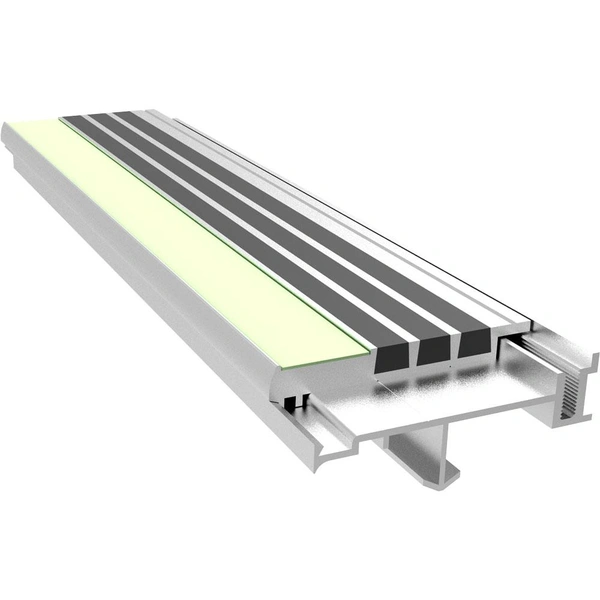
Great things in business are never done by one person. They’re done by a team of people. We have that dynamic group of peoples

Regular Maintenance for Anti-Slip Metal Strips
Regular Maintenance for Anti-Slip Metal Strips: cleaning, inspection, environmental considerations, proper installation, and the benefits of walking surface.

7 Common Types of Tactile Indicators
Tactile indicators, known as Tactile Walking Surface Indicators (TWSIs), tactile indicators fall into several categories, each serving specific purposes.

How does the recycling aluminum contribute to aluminum entrance matting popularity?
The recycling of aluminum plays a crucial role in enhancing the sustainability and lifecycle of aluminum entrance matting, making it an environmentally choice.





